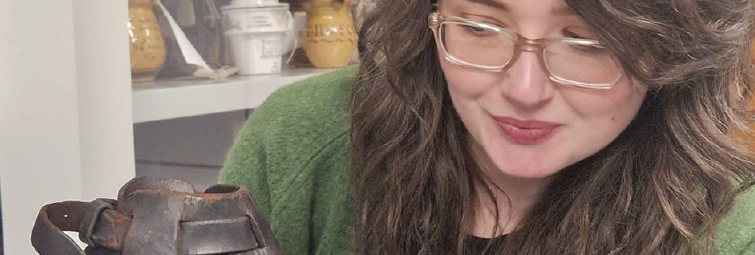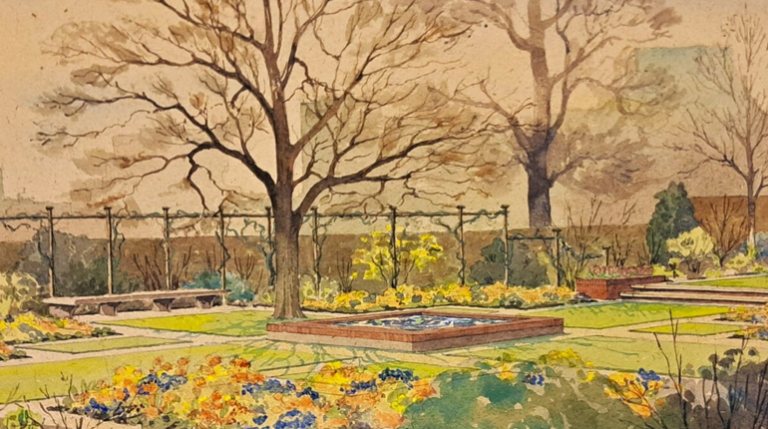Suffrage and the Sewing Machine
-
Author
-
Published Date
- March 6, 2023
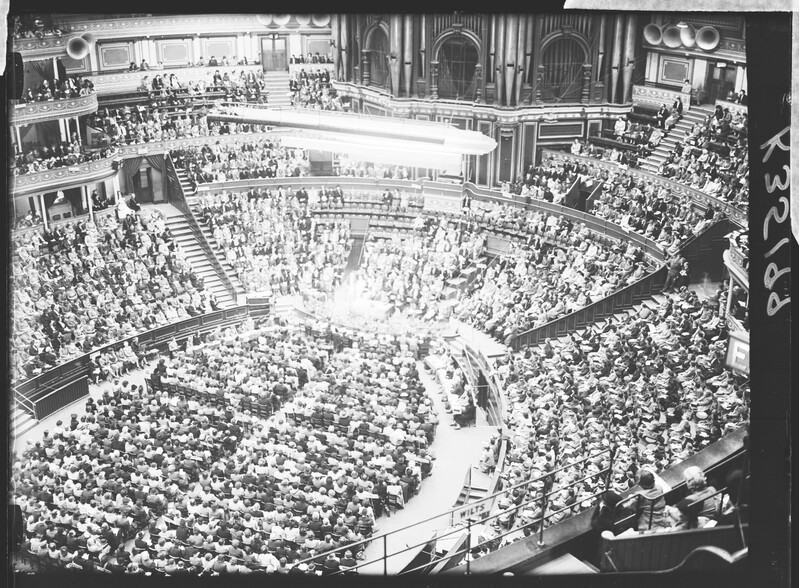
In this post for International Women’s Day, Collections Researcher Nicola Minney, explores how the humble sewing machine has unexpected links to the women’s suffrage movement. Through savvy marketing, crafting, and sheer hard work, the sewing machine plays a pivotal part in women’s history.
The Suffragette Sewing Machine
The link between Suffrage and the sewing machine was uncovered during research for our current exhibition Sew What? The display explores how life for women and children have changed since the invention of the sewing machine, as well as the environmental impact of fast fashion. As we searched through the Barnett Collection for suitable sewing machines to display, we came across ‘The Defiant’ which had a most surprising link to the women’s suffrage movement, and got us thinking about how women may have used this machine to achieve enfranchisement.The ‘Defiance’ and ‘Defiant’ Sewing machines, sold by W.J. Harris & Co. were one of many items marketed towards the suffragette movement. Alongside things like the bicycle, sewing machines let (mostly middle and upper class) women take their campaigns into their own hands, creating impactful textiles and participating in events without having to rely on men to take them there.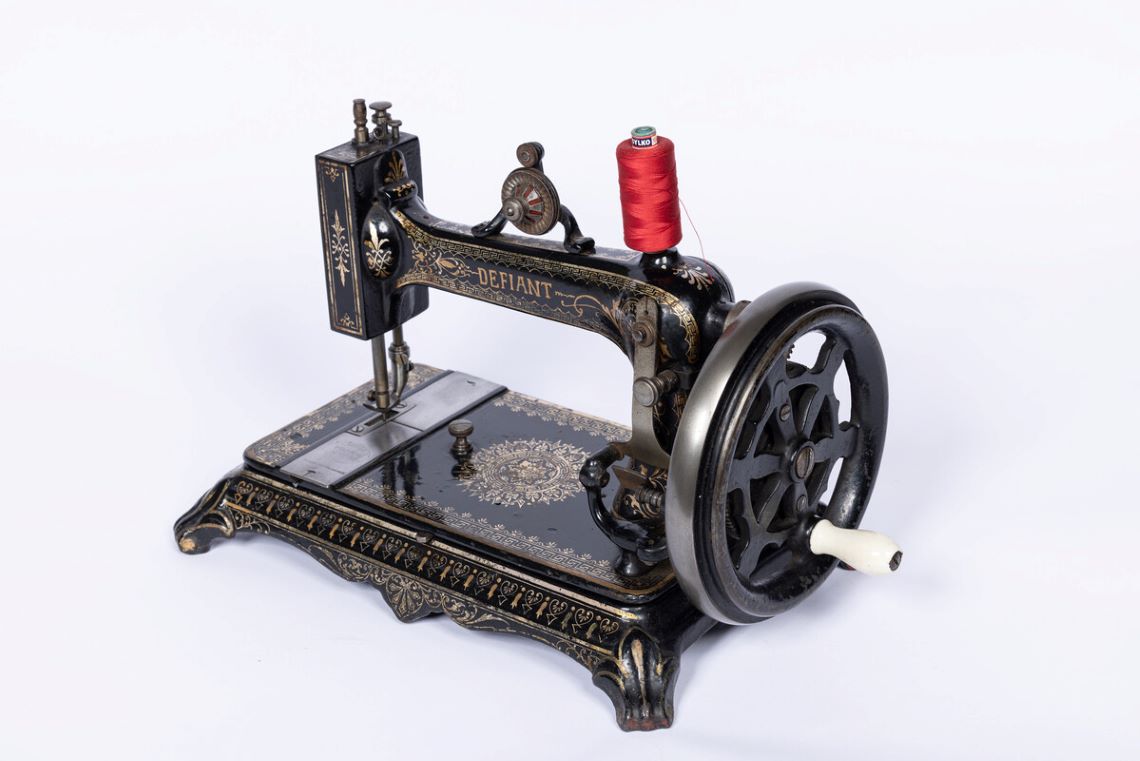
For many years being able to sew well was considered a virtue, and the sign of “chaste, domestic femininity”.i During the time of the suffragettes, women used their skill at this ‘womanly craft’ to their advantage. Alongside the construction, there was a great deal of thought that went into the design of banners and sashes. Even the colours used by the Women’s Social and Political Union (WSPU), now synonymous with Women’s Suffrage, were cleverly considered. Purple stood for loyalty, white for purity, and green for hope.
By positioning traditionally female skills in a political context instead of just for economic need, the women’s suffrage movement defied traditional ideas of what it meant to be a woman: needlework and embroidery became a sign of power and strength, no longer fragile weakness.ii

A Visit to the Royal Albert Hall
In 1908, a huge rally of thousands of women took place in London, between Embankment and the Royal Albert Hall.iii Women from all over the country created beautiful banners to represent their hometowns and, more importantly, the call for change.
While each group contributed to the creation of their banners, many were designed by Mary Lowndes, an “artist designer for stained glass”iv. Mary was a trained artist, business partner and employer, however as an unmarried woman, she did not qualify for a mortgage. Angered by this, Mary formed the Artists’ Suffrage League which used the skills of artists to produce material to raise awareness of the need for women’s enfranchisement, including posters, cards, banners, and calendars.
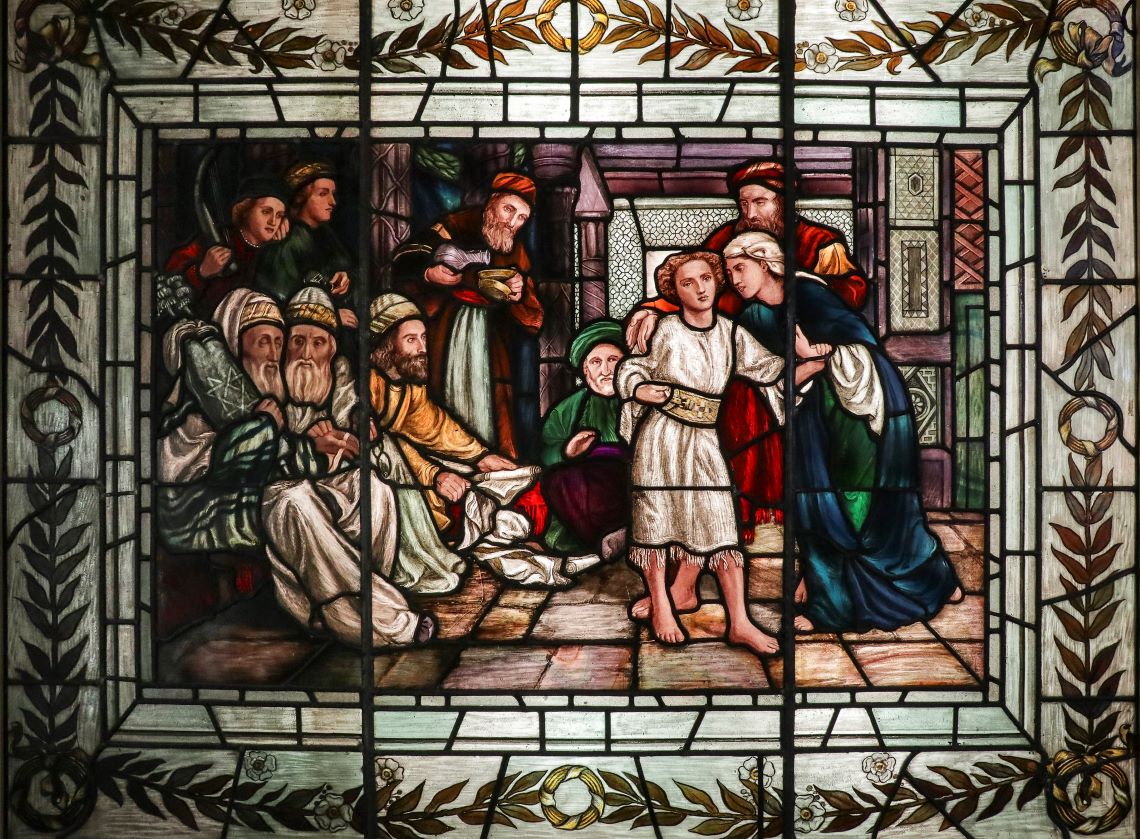
Once inside the Royal Albert Hall, the WSPU gave several speeches and had a surprise guest appearance from Emmeline Pankhurst, who, having only just been released from prison, was not expected to attend. Newspapers described how the Albert Hall banners were ‘piled in terraced ranks of raw and flaming colour’ framing the speakers’ platform where they ‘glowed like a beautiful piece of vivid coloured tapestry’.v
Sewing Discourse
Alongside the creation of protest banners, women also used their sewing skills to cause havoc. In 1912 King George V went to play golf on his private course in Balmoral. He was shocked to find that all the red flags marking the holes had been replaced with green and purple ones, with messages attached demanding an end to force feeding and that “Votes for Women meant peace for Ministers!”vi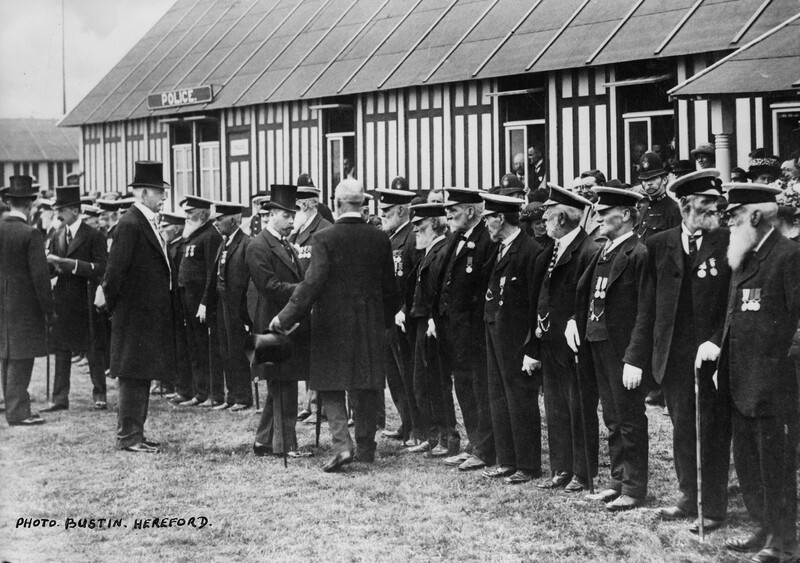
Working Class Women
Christabel Pankhurst, one of the founding members of the WSPU was unhappy about including working class women in the campaign for votes, describing them as, “the weakest portion of the sex… their lives are too hard, their education too meagre”.vii Whilst the WSPU decided to focus on ‘Votes for Ladies’, many activists continued to fight for the votes of all women. Most campaigns for social change were recorded by upper class women; where records of working class struggles do exist, they are typically written from the perspective of the upper classes.Whereas richer women could afford silks and velvet for their banners, poorer women would make banners and sashes from whatever material they could find. Working class women worked long hours, cared for their family, and then took to the streets to campaign for the vote. It was far riskier for a working class woman to be arrested, as often she was the main breadwinner for her family, and could not afford to be away from work or lose her job.viii
They also faced much harsher treatment at the hands of the law. In 1910, Lady Constance Bulwer-Lytton disguised herself as ‘Jane Warton’, a seamstress, during a demonstration in Newcastle. Although she had been arrested several times in the past, Lady Lytton believed that due to her status and wealthy family, she was protected from poor treatment and long prison sentences.
Whilst in Walton Gaol, Liverpool, under the name Jane Warton, Lady Lytton was subjected to cold cells, poor clothing and force feeding, with the horrors of the treatment at the hands of the prison doctor detailed in her memoirs.ix After the ordeal she wrote several articles and even a letter to the Prime Minister to expose the terrible treatment working class women received. The brutal treatment she received would later go on to cause Constance to suffer from a stroke and heart attacks causing her early death, as was the case for many women who underwent force-feeding.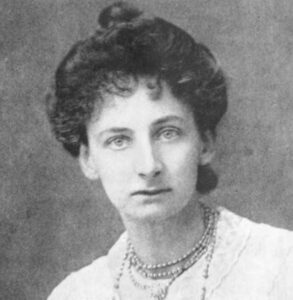
In prisons, women used needlework as an opportunity for silent protest. Notably, in Holloway prison the women were forbidden to talk to one another but were permitted to have a needle and thread. Perhaps because needlework was viewed as an appropriate pastime, this communication slipped through the net of suspicion. Thanks to this, the evidence of the brutal treatment some women experienced during imprisonment has survived.x
Harsh Conditions
Although the invention of the sewing machine brought new freedom for some women; others just had their situation altered. Many women and girls who had earned a pittance sewing by hand, were now bound to the sewing machine.xiIn 1897 Robert H. Sherard travelled the country interviewing people in ‘sweated’ industries, including slipper makers in Leeds. He interviewed one girl who had been taken ill after working to support herself, her mother, and her three brothers on only 15 shillings a week.
Factory owners would also charge their workers for equipment, often with huge markups. Sewing machine needles cost a penny each whereas you could by 12 for 4 pence outside the factory. Bobbins cost 5 pence inside and just 2 ½ pence outside. Any girl caught using non-factory materials would be sacked immediately. Often 6s out of 10s would be spent this way.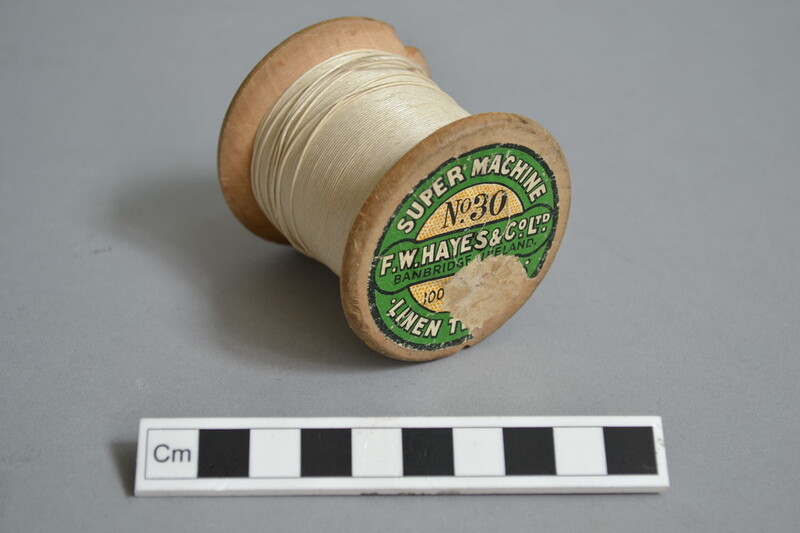
Bad work was heavily fined, often 5s out of the wage, but workers typically found the ‘bad work’ still being sold at ‘good work’ prices and seeing none of the compensation.xii
Reports like Sherard’s brought public outcry to the fate of male and female workers alike, but the suffrage movements saw the opportunity to combine both improvements in working conditions and the vote when campaigning for change.
The Anti-Sweating League
Mary MacArthur, a founding member of the Anti-Sweating League, helped rally the chain maker’s in Cradley Heath, West Midlands, into taking part in a huge strike.xiii From her days as a suffragette, and as founder of the National Federation of Women Workers,xiv MacArthur was able to use the media in new ways, with films playing in cinemas across the country and utilising photos and interviews in national newspapers.
Her work, alongside many others, lead to improvements for both men and women in these harsh industries, although still did not help women secure the vote at that time.
Rural Activism and the Birth of the WI
Stories of suffrage in the media was often focus on action in major city centres such as London and Manchester. In 1915, however, a much more rural group started to gain traction, with former suffragettes at the very heart of it. The National Federation of Women’s Institutes was set up in England, following successful activity in Canada. This movement was led by Lady Denman, a former member of the Women’s Liberal Federation and an active suffragist.xv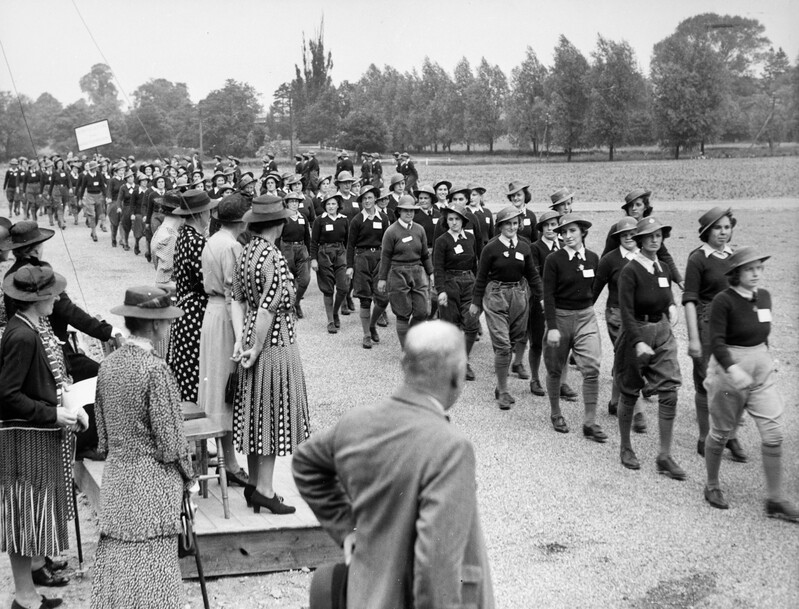
Many of the women who had previously been focused on suffrage, saw the Women’s Institute (WI) as a way of educating women to be more active in public life in a less political way . The first Vice Chair Grace Hadow was even present at the march to the Royal Albert Hall in 1908, representing the Oxford Women Students Society for Women’s Suffrage!xvi
In 1918 Grace Hadow wrote:
‘The Women’s Institute is for all alike; rich and poor, gentle and simple, learned and unlearned – all pay the same subscription, have the same privileges and the same responsibilities…
The members learn to realise their responsibility towards the community in which they live, and, from an interest in their own village and their own country come to see the connection between their affairs and those of the nation at large. It would be difficult to plan a better training for the exercise of the vote – a training entirely divorced from all party or sectarian policies, based on the actual experiences of home life and home needs’.
(Women’s Institutes – by Grace Hadow – reprint from the Journal of the Board of Agriculture – Vol XXV no 7 October 1918)xvii
A Chance for Women to Speak
With encouragement from growing WI , village meetings, which had once been the domain of men were now becoming a place where women could express their views and actively contribute to village life.The WI was also involved in the war effort, especially in the production and organising of food. In fact, by the end of the First World War, the WI had helped raise Britain’s food self-sufficiency from 35% to 60%, which was acknowledged with the government providing a £10,000 grant.xviii The WI was also recognised by the government as having the potential to reconstruct rural areas and provide education to women in villages that would improve their lives considerably.
Among there proactive public life, the WI continued to use crafts and sewing. A number of drives during both World Wars encouraged members to sew and knit clothes, rugs and blankets for soldiers, refugees and displaced people across Europe. They also used their crafts to put on shows and exhibitions that would raise money for various charities. Craft was also a key part of the meetings, often with competitions on the best hat or knitted jumper! Sometimes knitting and sewing would create good opportunities for discussion about other topics.xix
A Lasting Impact
In 1918 and with the War over, the Representation of the People Act was passed, which widened the criteria for men and some women to now be able to vote. At this time, the WI was going from strength to strength and by the end of the war there were 1,405 WI groups across the country.xxAnother success for women’s enfranchisement came when WI member Margaret Winteringham became the second female MP to sit in the House of Commons.xxi This was considered an achievement not just because of the history of the group, but she was also the first woman to represent rural communities in the House of Commons. With her influence the WI campaigned for many female-focused topics, such as keeping female police officers in service after the war, as well as rural issues like the Agriculture Wage Act of 1924.xxii
Even after the 1928 amendment, which gave all women the right to vote, the Institute was still fighting for women’s rights. The below picture of a general meeting, taken in 1948 when the WI were campaigning for equal pay in the workplace,xxiii truly encapsulates the success of the Institute. Its circular shape suggests equality, collaboration and strength, qualities the suffragettes demonstrated repeatedly in both the rural and urban worlds.

Find out more!
- You can learn more about the history of the sewing machine and it’s impact on women and children in our online exhibition Fast Fashion: Then and Now, or why not pay us a visit in-person to see Sew What?, a small display on these same themes?
- Find out more about our collection of sewing machines, collected by James Barnett
Sources and Further Reading
i Wheeler, E. (2012) “The Political Stitch: Voicing Resistance in a Suffrage Textile” (Lincoln Textile Society of America University of Nebraska)ii Sexton, S. (2018) “Subversive suffrage stiches” from The Quilter No. 154 Spring 2018
iii Sexton, S. (2018) “Subversive suffrage stiches” from The Quilter No. 154 Spring 2018
iv Sexton, S. (2018) “Subversive suffrage stiches” from The Quilter No. 154 Spring 2018
v Sexton, S. (2018) “Subversive suffrage stiches” from The Quilter No. 154 Spring 2018
vi The American Golfer, October 6, 1912
vii Jackson, S. (2018) “Women quite unknown’: working-class women in the suffrage movement” (British Library)
viii Jackson, S. (2018) “Women quite unknown’: working-class women in the suffrage movement” (British Library)
ix Lytton, Lady Constance (1914) Prisons & prisoners: Some personal experiences. By Lady Constance Lytton, aka Miss Jane Warton, 1869-1923 (London: William Heinemann)
x Wheeler, E. (2012) “The Political Stitch: Voicing Resistance in a Suffrage Textile” (Lincoln Textile Society of America University of Nebraska)
xi Thom, D. (2015) “A Stitch in Time: Home Sewing Before 1900” (The V&A)
xii Sherard, R.H. (1897) The White Slaves of England (London: James Bowden)
xiii Women Chainmakers (n.d.) ‘The Chain Trade Board’ (womenchainmakers.org.uk)
xiv Stainer, H. (2020) “Unfinished Business: Mary MacArthur” from Hazel Stainer Personal Blog
xv Stamper, A. (2007) “The WI and the Women’s Suffrage Movement” (The Women’s Institute)
xvi Stamper, A. (2007) “The WI and the Women’s Suffrage Movement” (The Women’s Institute)
xvii Stamper, A. (2007) “The WI and the Women’s Suffrage Movement” (The Women’s Institute)
xviii Squaducation (n.d) “The Founding of the Women’s Institute” (Squaducation.com)
xix McCall, C. (1943) Women’s Institutes William Collins : London]
xx Squaducation (n.d) “The Founding of the Women’s Institute” (Squaducation.com)
xxi Stamper, A. (2007) “The WI and the Women’s Suffrage Movement” (The Women’s Institute)
xxii Stamper, A. (2007) “The WI and the Women’s Suffrage Movement” (The Women’s Institute)
xxiii The Women’s Institute (2023) “About Us – History” (The Women’s Institute)


